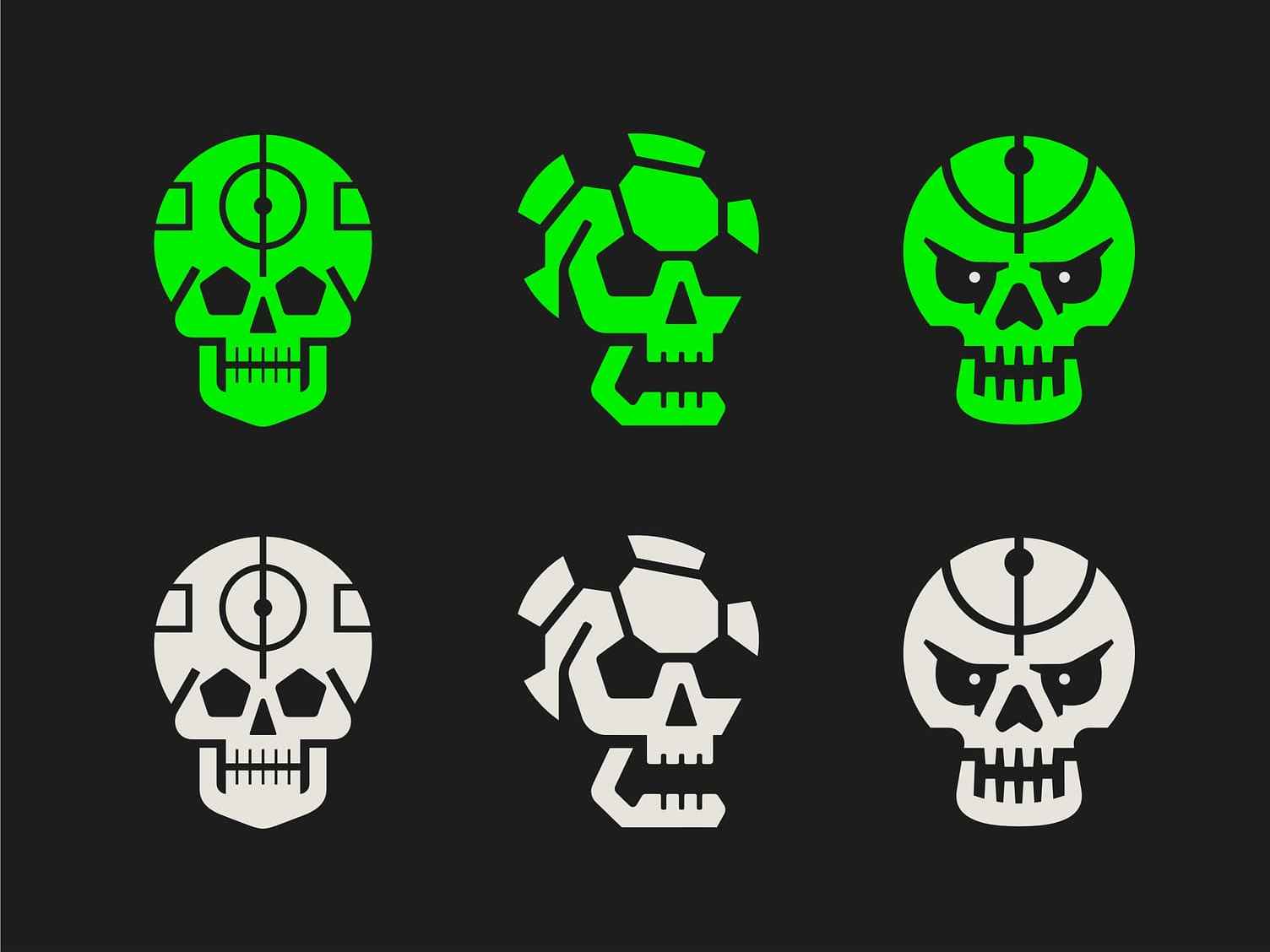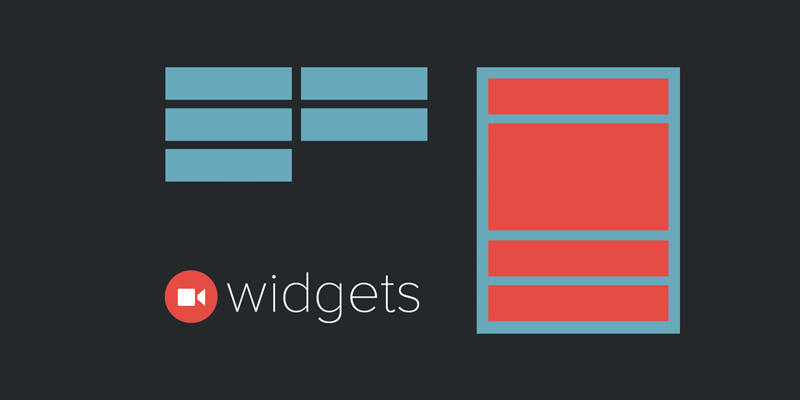前端跟后端通过 ajax 请求来传输数据,服务端通常会返回 json 数据来处理,我们可以通过设置 XMLHttpRequest.responseType 返回服务器响应的数据类型,如果不设置或者设置为 "" 会使用 text 类型返回
responseType 必须设置跟服务器返回的类型是兼容的,否则就算浏览器返回了数据,前端也可能收到 null
responseType 可选值
| 值 | 描述 |
| "" | 跟设置 text 相同,实际上是 DOMString |
| text | response 是包含在 DOMString 对象中的文本 |
| arraybuffer | response 是一个包含二进制数据的 JavaScript ArrayBuffer |
| blob | response 是一个包含二进制数据的 Blob 对象 |
| document | response 是一个 HTML Document 或 XML XMLDocument ,这取决于接收到的数据的 MIME 类型 |
| json | response 是一个 JavaScript 对象。这个对象是通过将接收到的数据类型视为 JSON 解析得到的,这个也是使用最多的情况 |
arrayBuffer 的应用(服务器二进制流转图片)
var oReq = new XMLHttpRequest();oReq.open("GET", "/myfile.png", true);oReq.responseType = "arraybuffer";oReq.onload = function(oEvent) { const blob = new Blob([oReq.response], {type: "image/png"}); const url = window.URL.createObjectURL(blob) console.log(url)};oReq.send();blob 的应用(服务器二进制流转图片)
// 使用 responseType = 'blob' 来实现oReq.responseType = "blob";oReq.onload = function(oEvent) { const blob = oReq.response; const url = window.URL.createObjectURL(blob) console.log(url)}在老的浏览器接受二进制数据
function load_binary_resource(url) { var req = new XMLHttpRequest(); req.open('GET', url, false); //XHR binary charset opt by Marcus Granado 2006 [http://mgran.blogspot.com] req.overrideMimeType('text/plain; charset=x-user-defined'); req.send(null); if (req.status != 200) return ''; return req.responseText;}req.overrideMimeType 重写了默认的 MIME 类型,主要是告诉浏览器不要解析数据,直接返回未处理的字节码
var filestream = load_binary_resource(url);var abyte = filestream.charCodeAt(x) & 0xff; // 扔掉的高位字节(f7)上例从请求回来的二进制数据中得到偏移量为 x 处的字节.有效的偏移量范围是 0 到 filestream.length - 1



